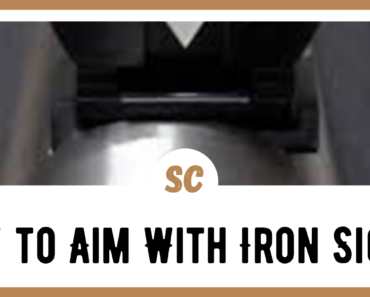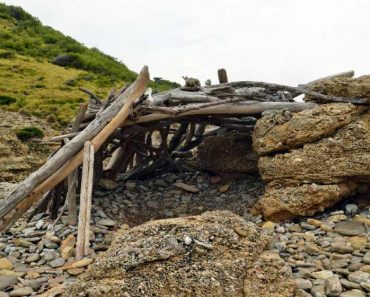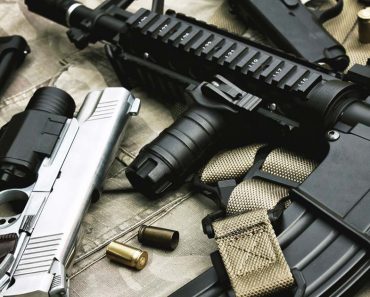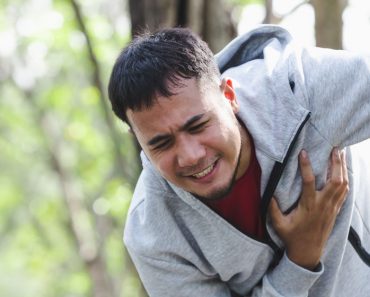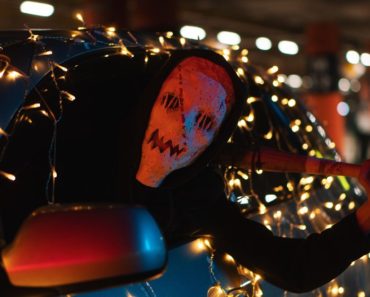Back a couple of presidents ago, there was a lot of concern amongst preppers and others, driven by that president’s rhetoric against the Second Amendment. One of our two main political parties has basically declared war against the Second Amendment and whenever they get into office, they do whatever they can to try and pass laws, limiting our right to keep and bear arms.
I suppose the funny part of this, is that even with all the attacks that have been brought against the Second Amendment in the last couple of decades, there is an overall increase in freedom, with more states embracing Constitutional Carry all the time. While New York, California, Illinois and a couple of other states are pushing hard to curtail their residents’ freedoms, as a nation, we are much better off then we were two decades ago.
But there have been some scary moments and there probably will be more in the years to come. Those who want to take our guns away from us are in it for the long haul and they aren’t likely to give up. They are constantly working to come up with new strategies, using every crisis to their advantage. Considering politicians’ tendency to go around the legal system, when the system doesn’t work to their advantage, they may find a way to do an end run, right around the Second Amendment, just like they did with same sex marriage, even though a majority of the states were against it.
Back in that other presidency, various preppers and survivalists were looking for other options, should they really come after our guns. It’s one thing to say that they’ll get your guns “lead first,” but another thing entirely when you’re facing an armed SWAT team that has come for those guns. I don’t like the odds of being alone against a SWAT team.
One option that was considered was bows and arrows. I have a bow and consider it to be the ultimate alternative weapon, for times when you can’t use a firearm. In addition to having range and accuracy, the bow is a stealthy weapon, which appeals to me. Why advertise where you are, if you can avoid it?
I also looked at the crossbow and even bought one, as I’d always wanted to have a crossbow. I soon discovered that the crossbow is essentially a one-shot weapon, unless you have the arms of a gorilla. That ended my foray with crossbows, even though I still think they’re an awesome weapon.
The other thing I considered, which I hardly heard anyone else talk about, was black powder. I’ve probably seen 20 articles, or more, about how to make your own black powder, but nobody discussing the practicalities of using black powder for home defense. Yet in the wake of a TEOTWAWKI event, black powder may be our best option, once existing ammo supplies run out, simply because we can make it ourselves.
But is that a practical option? Is it worth all that effort? Will black powder firearms actually work well enough to do what we will need them to do?
George Washington and the World’s First Snipers
Some of the best evidence in favor of black powder firearms comes from the Revolutionary War. Warfare during that time period consisted primarily of massed fire from troops marching in ranks. Massed fire is intended to demoralize the enemy, causing them to break ranks and flee. Additionally, the massed ranks increased soldier’s chances of actually hitting something, as their smoothbore muskets were notoriously inaccurate at any range greater than 30 yards.
British troops were issued smoothbore muskets and most colonial troops had similar muskets. Some used their own firearms, which tended to greater accuracy; not because of the quality of the gun, but more from the shooter being accustomed to his gun and how to load and fire it for greatest effect. Shooting those muskets was more of an art, than a science.
But there was an exception. During that time period, the most accurate rifle in the world was invented and manufactured in the colonies. The Kentucky Long Rifle combined a number of innovations, increasing the gun’s range and accuracy:
- A smaller bullet diameter or “caliber.” The muskets of the say were .60 and .70 caliber (.60 and .70 inches respectively). This led to a lot of wind resistance, slowing the round and causing it to veer off. The Kentucky Long Rifle was chambered in either .45 or .50 caliber. This also meant that the same amount of lead and powder could result in more shots, at a time when both were scarce.
- The barrel length of the Kentucky Long Rifle was extended from 30 to 40 inches, gaining added velocity from the burning powder and resulting in the bullet being more stable on its flight path, at the moment it left the muzzle of the rifle.
- The barrel was rifled, as compared to the smoothbore muskets. This imparted a spin on the rounds, giving them much more stability in flight. This spin was common to archery and is created there by mounting the fletchings (feathers) at a slight angle.
These changes, which might seem insignificant, allowed sharpshooters to fire their Kentucky Long Rifles accurately at a range of 200 yards, giving them a distinct advantage over their British adversaries.
Washington made a concerted effort to recruit as many frontiersmen as he could, along with their Kentucky Long Rifles. He ultimately ended up with some 1,400 of them. These men were organized into special units, which had the job of being pickets and snipers. They attacked the British soldiers on the march, attacked the flanks of units in battle, and always went after the officers, decapitating British units and reducing their effectiveness.
The Kentucky Long Rifle as a Survival Gun
My dad built a couple of reproduction black powder firearms before passing away. One interesting thing I discovered from this, is that such firearms are not legally considered firearms, but rather historic firearms. As such, you don’t have to fill out a Form 4473 to buy them and the store selling them doesn’t have to call the NICS for a background check before selling it to you. This goes for both usable, complete firearms, as well as kits.
In other words, even if the anti-gun crowd manages to put some sorts of restrictions on the sale of firearms, they probably won’t even think of black-powder firearms, as most of them are rather ignorant about the firearms they are so rabidly against. While government agents might start picking up AR-15s, they’re probably not going to pick up Kentucky Long Rifle reproduction pieces.
While I’d much rather have any of the firearms I own today, in a survival situation; if I couldn’t I’d definitely consider black powder as an alternative for survival. But I wouldn’t buy just any black powder rifle. I’d be sure to buy something that’s accurate, like the Kentucky Long Rifle. If I could find a breach loader that’s as accurate as a Kentucky, I’d go for that.
Another thing to consider is a black powder pistol. There were a lot of black powder muzzle loaders, which were single-shot pistols, like the old dueling pistols. But there were also a lot of black powder six-shooters made, especially in the earlier days of the Old West.
Gun maker, Samuel Colt received a patent in 1836 for a mechanism that allowed a firearm’s cylinder to turn, creating the first revolver. Those first revolvers were black powder, with each of the six cylinders needing to be individually loaded. I would avoid buying one of them though, as there was no frame strap above the cylinder, so they could be bent if dropped, causing the cylinder to jam. It was apparently in 1855 that this problem was solved, with the addition of a strap over the cylinder added to later designs.
Black Powder Against Modern Weapons?
The original purpose of the Second Amendment was to protect us against tyranny, not for self-defense or hunting. That raises the question of just how effective these black powder firearms would be against modern firearms, especially modern military firearms.
There’s no way in the world I’d want to stand toe-to-toe against modern military forces, even though I was in the Army in my day. There’s just no way that I can match the training and equipment that they have available to them. But training and equipment aren’t everything.
During World War II, the Resistance movement in Europe was strong, standing against the Nazis in the occupied countries. They weren’t well trained or equipped, mostly armed with nothing more than FP-45 Liberator pistols and Sten guns. Yet they tied up a lot of Nazi forces with their guerrilla warfare tactics. Likewise, during the Vietnam War, American forces were confronted by Vietcong who were armed and equipped with much inferior weapons and equipment. Yet those guerrilla warriors held the American Army at bay.
Should we ever be placed in a position where we are forced to stand up against armed troops, a future I hope we never see, then the type of weapons we are equipped with aren’t going to be anywhere near as important as what we do with them. It is the tactics that we will need to employ, more than the firearms that we carry, which will be of upmost importance.
As for the rest of survival, I’m pretty sure that the Kentucky Long Rifle would be an ideal gun to carry off into the woods. That’s where General Washington found them and where their owners learned how to shoot them so effectively. If they worked to liberate this country from oppression once, I imagine they’d work fine in a survival situation.



